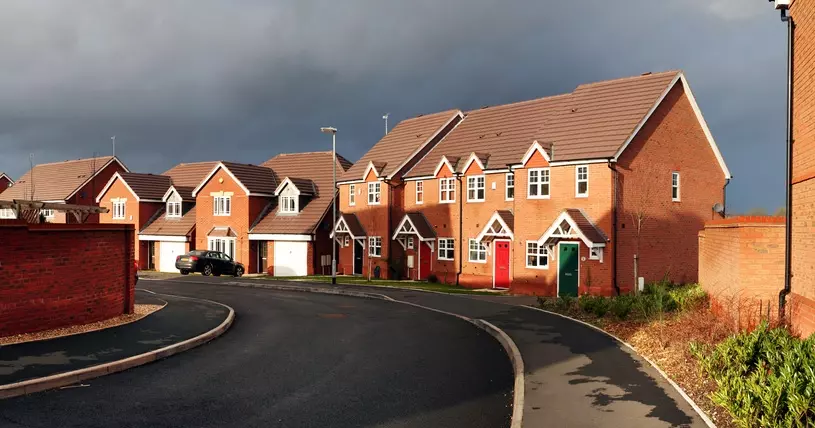A housing estate, also known as a residential estate, is a community of residential buildings and properties that are developed together to create a cohesive living environment. Housing estates can be found in urban, suburban, and rural areas and can range in size from a few properties to thousands of homes.
In this article, we will explore what a housing estate is, the different types of housing estates, and the advantages and disadvantages of living in a housing estate.
What is a Housing Estate?
A housing estate is a development of residential properties that are designed to create a cohesive community. The properties within the estate are usually built at the same time, with similar designs, and are often managed by a homeowners association or similar governing body.
Housing estates can include a range of different types of properties, including single-family homes, townhouses, and apartments. They can also include shared amenities such as parks, playgrounds, and community centers.
Types of Housing Estates
There are several different types of housing estates, each with its own unique characteristics and advantages. Here are some of the most common types of housing estates:
Master-Planned Communities: Master-planned communities are large-scale housing estates that are designed to provide a complete living environment. They often include a range of different housing types, as well as amenities such as parks, schools, and shopping centers. Master-planned communities are often built in suburban areas and are designed to be self-contained, providing residents with everything they need within the community.
Gated Communities: Gated communities are housing estates that are surrounded by a physical barrier, such as a fence or wall. They are designed to provide residents with a sense of security and privacy. Gated communities often include amenities such as pools, tennis courts, and golf courses.
Retirement Communities: Retirement communities are housing estates that are designed specifically for older adults. They often include amenities such as healthcare facilities, fitness centers, and social activities. Retirement communities are designed to provide older adults with a safe and supportive living environment that meets their unique needs.
Affordable Housing Estates: Affordable housing estates are designed to provide affordable housing options for low- and moderate-income households. They are often built with government funding and include restrictions on income and resale value. Affordable housing estates can include a range of different housing types, including apartments and single-family homes.
Advantages of Living in a Housing Estate
There are several advantages to living in a housing estate, including:
Sense of Community: Housing estates are designed to create a sense of community among residents. With shared amenities and a cohesive design, housing estates can provide residents with opportunities to connect with their neighbors and build relationships.
Shared Amenities: Housing estates often include shared amenities such as parks, playgrounds, and community centers. These amenities can provide residents with opportunities to socialize, exercise, and enjoy the outdoors.
Security: Gated communities and other types of housing estates can provide residents with a sense of security and safety. With controlled access and security patrols, residents can feel more secure in their homes.
Maintenance: Housing estates often have a homeowners association or similar governing body that is responsible for maintaining shared spaces and amenities. This can help ensure that the community remains clean and well-maintained.
Disadvantages of Living in a Housing Estate
There are also some disadvantages to living in a housing estate, including:
Lack of Privacy: With shared amenities and a close-knit community, residents may feel that they have less privacy than they would in a standalone home.
Homeowners Association Fees: Housing estates often have a homeowners association or similar governing body that is responsible for maintaining shared spaces and amenities. This can result in additional fees for residents.
Noise: With a close-knit community, residents may be more likely to hear noise from their neighbors or shared spaces such as parks or community centers.
Restrictions: Housing estates often have rules and restrictions in place that govern everything from exterior home design to parking. These restrictions may limit residents’ ability to make changes to their homes or properties.
Limited Space: In some housing estates, properties may be smaller or more closely spaced than in standalone homes. This can limit residents’ ability to have large yards or outdoor spaces.
Overall, living in a housing estate can provide residents with a sense of community, shared amenities, and security. However, it may also come with restrictions, homeowners association fees, and a lack of privacy.
In conclusion, a housing estate is a development of residential properties that are designed to create a cohesive community. There are several different types of housing estates, each with its own unique characteristics and advantages. While there are both advantages and disadvantages to living in a housing estate, it can be a great option for those looking for a close-knit community and shared amenities.

